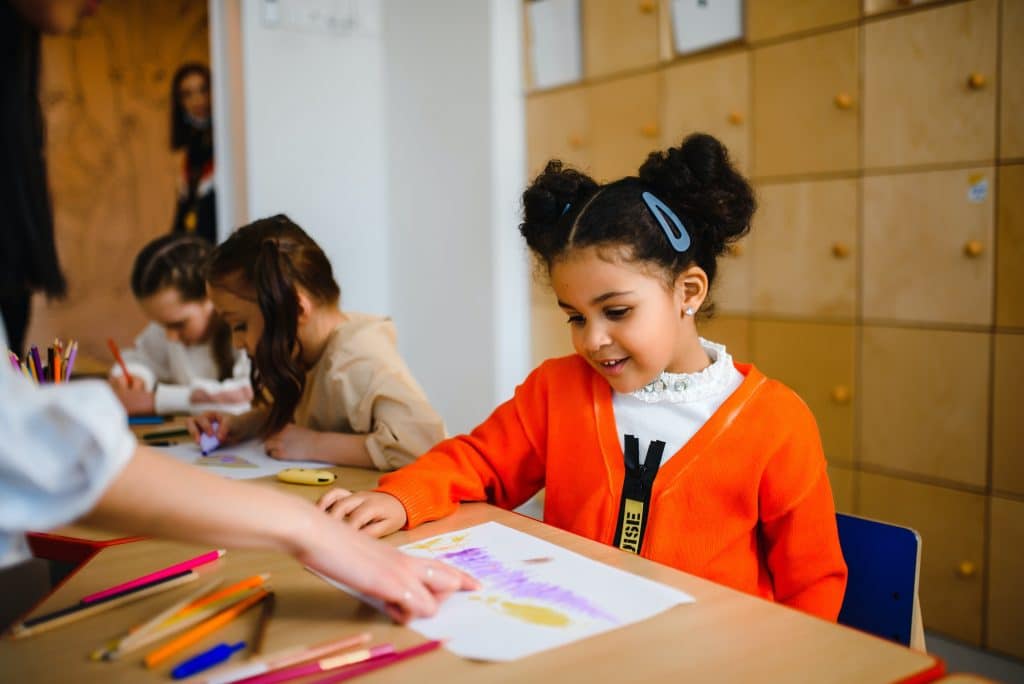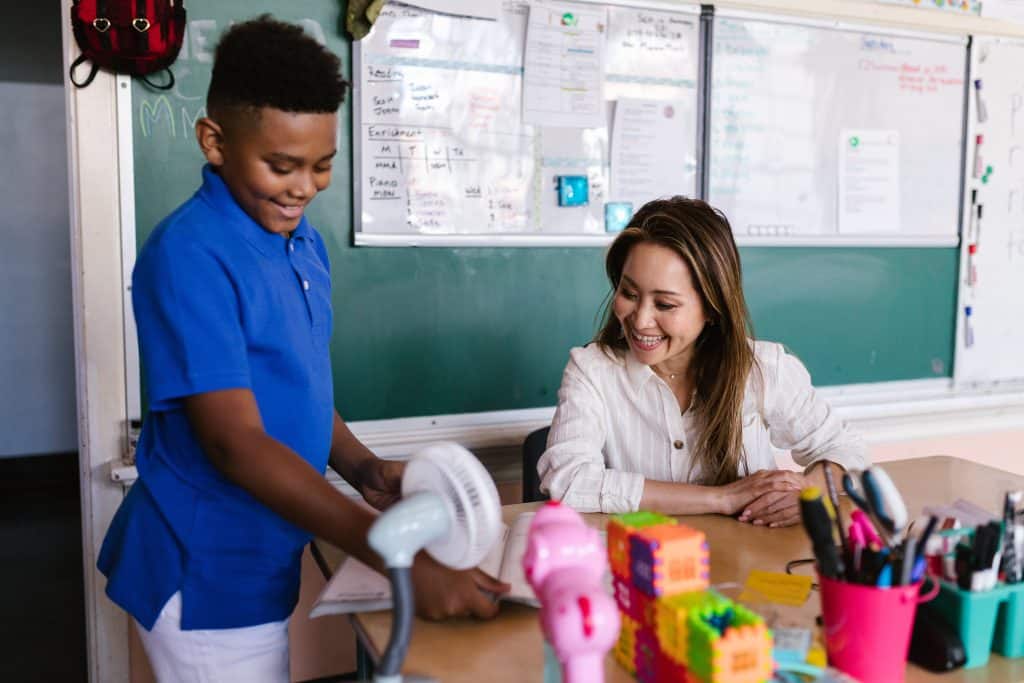Exciting news for parents of neurodivergent kids! A new study has uncovered three common learning disabilities that can make learning extra challenging for some children. Did you know that dyslexia, dyscalculia, and ADHD are all on the lists of learning disabilities? By understanding these conditions better, you can help your child succeed in their own unique way and make learning more fun!
Table of Contents
1. Dyslexia: Cracking the Reading Code
First on our list of learning disabilities is dyslexia, which affects a child’s ability to read, write, and spell. It’s one of the most common learning disabilities, impacting around 5-10% of the population. Dyslexia can manifest in various ways, such as:
- Difficulty recognizing and decoding words
- Challenges with spelling and writing
- Struggles with reading comprehension

Read more: How to Help Kids With ADHD Learn Math
Supporting a child with dyslexia might seem daunting, but with the right strategies, you can make a significant difference. Here are some helpful tips:
- Use multisensory teaching methods, such as visual, auditory, and tactile approaches
- Break down tasks into smaller steps
- Provide extra time for reading and writing assignments
Goally’s learning tablet for kids can also be a valuable tool for children with dyslexia, offering tailored educational apps and resources to support their learning journey.
2. Dyscalculia: Navigating the Math Jungle
Next up is dyscalculia, a learning disability that affects a child’s ability to understand and work with numbers. This can make math-related tasks particularly challenging. Some common signs of dyscalculia include:
- Difficulty understanding basic math concepts
- Struggles with mental math and estimation
- Challenges with time management and organization
Helping a child with dyscalculia might require some creativity, but with the right approach, you can support their mathematical growth. Try these techniques:
- Use visual aids, such as number lines and manipulatives
- Break down math problems into smaller, manageable steps
- Encourage the use of calculators and other tools to assist with calculations

Read more: Dyscalculia Test for Kids
Goally’s learning tablet and apps can also provide valuable support for kids with dyscalculia, offering interactive and engaging math resources tailored to their needs.
3. ADHD: The Attention Expedition
Lastly, we have Attention Deficit Hyperactivity Disorder (ADHD), which affects a child’s ability to focus, pay attention, and control impulsive behaviors. While not a learning disability in the traditional sense, ADHD can significantly impact a child’s academic performance. Some common symptoms of ADHD include:
- Difficulty staying focused on tasks
- Impulsive behavior and decision-making
- Hyperactivity and restlessness
Supporting a child with ADHD might require some patience and flexibility, but with the right strategies, you can help them succeed. Consider implementing these strategies:
- Establish consistent routines and schedules
- Break tasks into smaller, manageable steps
- Provide frequent breaks and opportunities for physical activity
Goally’s learning tablet and apps can be a valuable resource for kids with ADHD, offering customizable schedules, reminders, and educational resources to help them stay on track and engaged in their learning.
Goally | Apps To Support Child Development
Looking for fun ways to help your child learn life skills? Try Goally! The Goally tablet comes with award-winning learning apps and video classes to help kids develop the skills they need to become independent with FUN & evidence-based practices.

Our apps teach executive function, language, emotional regulation, finger dexterity skills, and more.
As your child develops new skills, you can increase the difficulty level of the tasks in the app to challenge and motivate them even further. This helps your child grow and progress at their own pace, while also keeping them engaged and excited about their development.

Final Thoughts: Empowering Your Child’s Learning Journey
Understanding these three examples from lists of learning disabilities can help you better support your neurodivergent child. By recognizing the signs of dyslexia, dyscalculia, and ADHD, you can implement strategies that cater to their unique learning needs. Remember, every child’s journey is different, and with your support and tools like Goally’s learning tablet, they can overcome challenges and thrive in their education.
FAQ’s About Lists of Disabilities
What are the most common learning disabilities in children?
The most common learning disabilities include dyslexia, dyscalculia, dysgraphia, and auditory processing disorder.
How can I tell if my child has a learning disability?
Signs include difficulty reading, writing, or understanding math concepts, and struggles with following instructions.
Can learning disabilities be diagnosed by a teacher?
No, learning disabilities are typically diagnosed by a psychologist or a specialist after thorough testing and evaluation.
Are learning disabilities the same as intellectual disabilities?
No, learning disabilities affect specific areas of learning, while intellectual disabilities impact overall cognitive functioning.
What support is available for children with learning disabilities?
Support includes special education services, individualized education programs (IEPs), tutoring, and using learning tools like visual schedules and apps.
This post was originally published on 05/25/2023. It was updated on 06/01/2024.
Emily is a seasoned blog writer for Goally, leveraging her extensive background in child psychology and special education to provide valuable insights and resources for parents. Her commitment to understanding and addressing the unique needs of these children, combined with her expertise in educational strategies, makes her a credible and empathetic voice for families.





